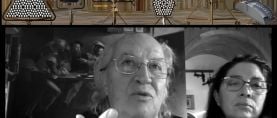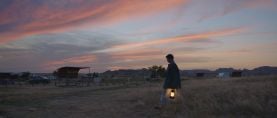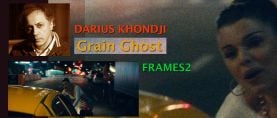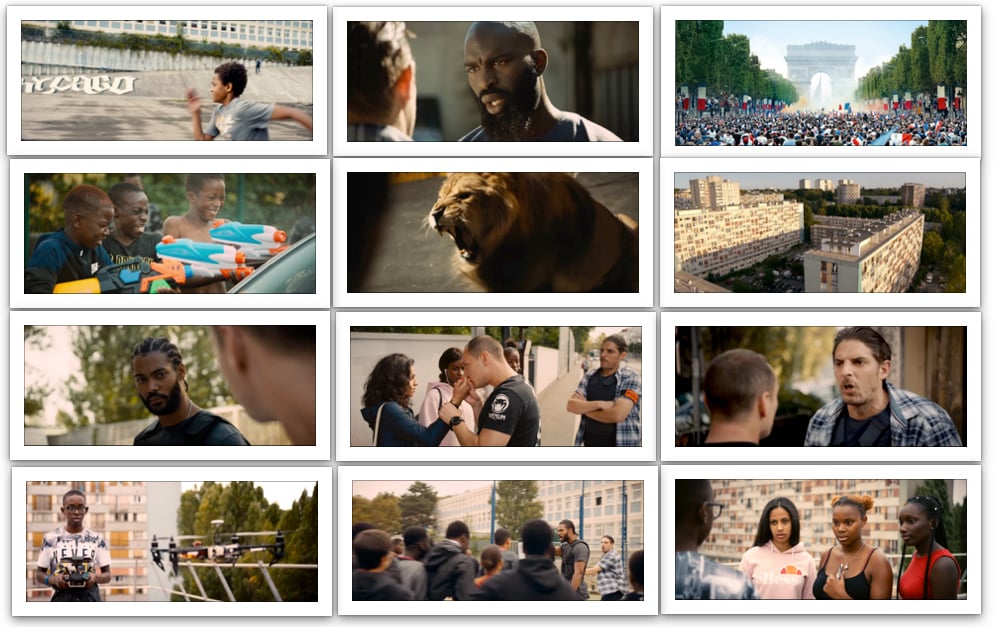
Les Misérables - Authentic, Communal, Cinematic
Notes on the stunning Oscar-nominated film and its director Ladj Ly, with comments from cinematographer Julien Poupard, AFC.
Les Misérables is one of five films nominated for this year's Oscar for best international film. It's a powerful, masterful movie directed by Ladj Ly, with dynamic cinematography by Julien Poupard, AFC. Les Misérables is the best French film of the year. What's more, its timely authenticity and humanity about impoverished French suburbs make it one of the important European films of the decade. With his first feature, Ladj Ly has emerged as one of France's most promising directors.
Below are my notes about this breakthrough film and filmmaker, along with a discussion with cinematographer Julien Poupard who helped Ladj Ly craft this very low-budget feature into such a memorable movie.
+++
Trailer
1. Authentic Insight
2. Roots and Cultivators
3. Water Fight Video
4. Communal Portrait
5. Julien Poupard, AFC
6. Documentary and Cinema
+++
watch on YouTube
+++
1. Authentic Insight
Les Misérables is a huge French box office hit. It has succeeded in presenting the citizens of color in an impoverished "banlieue" to their fellow Frenchmen with great respect, insight and humanity. "Banlieue" ("ban-lee-uh" or suburb) is French shorthand for high-rise housing in outer suburbs, often inhabited by people of Arab and black African ethnicity. "Cité" ("see-tay" small city), refers to a suburban neighborhood defined by a group of high-rise buildings.
Ladj Ly's film is imbued with unique authenticity. Les Misérables is a film about Montfermeil, a French "banlieue", made by a filmmaker who actually lives there. This is no doubt why the characters and situations of this strong film ring so true. The film's takes its title from Victor Hugo's epic 1862 novel about the underclass, which was written in Montfermeil -- a title that invites us to ask whether some things have not changed in the past 150 years.
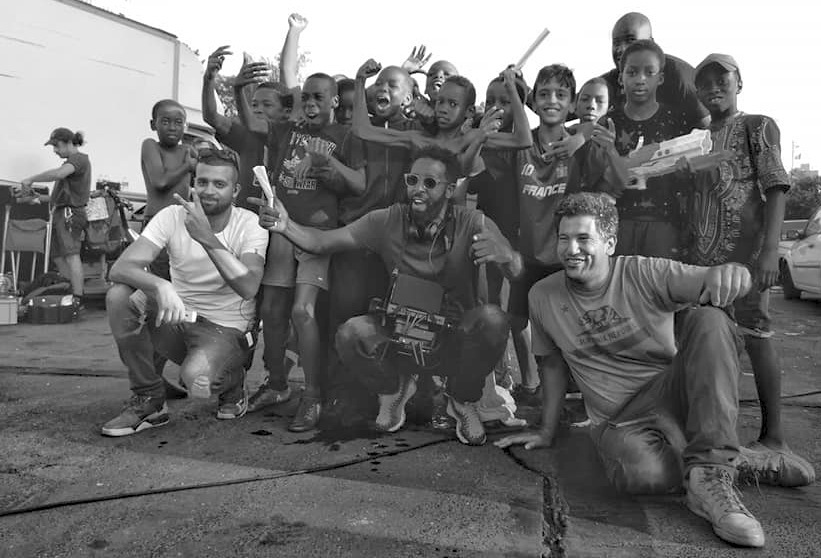
Ladj Ly's parents came from Mali. He grew up in Montfermeil, and knows the place inside out. By contrast, many of the films about French banlieues have been made from the outside in, by well-meaning filmmakers without life experiences in those communities. Ladj Ly's first feature is a gripping story with a rich tapestry of fictional events and characters inspired by the director's experiences in his home town.

Les Misérables won the Jury Prize at Cannes, and its Oscar nomination is now putting Ladj Ly's first feature in the limelight.
+++
2. Roots and Cultivators
Ladj Ly started shooting his first documentary, 365 Days in Clichy Montfermeil, during France's suburban unrest in 2005, when the accidental deaths of three teenagers hiding from police sparked three weeks of riots in dozens of poor French suburbs, including Montfermeil. This led the government to declare a national state of emergency with augmented police powers, and diminished civil liberties.
This widespread uprising highlighted the plight of poor people of color exiled to banlieues with high unemployment, few opportunities, and police harassment. Subsequent suburban riots in 2007, 2009 and 2017 prove that the problem of ethnic communities locked outside the French mainstream is far from solved.
Ladj Ly has described some of his documentary filmmaking as "cop watching", videotaping his community's strained interactions with police. His documentary includes one incident he shot of disturbing police brutality: cops beating a handcuffed young man with batons. The video led to an investigation, and a judgement against the police involved.
Ladj Ly's Kickstarter page for a subsequent project about Montfermeil details key tenets that reveal his filmmaking approach:
- No voice over - the neighborhood is already talkative enough
- No commentary – given the possibility, people know how to talk about themselves
- No judgements - who would they be from?
- No condescension – we have already received more than enough
In 2018, Ladj Ly founded the Kourtrajmé Film School, a free institution in the poor suburbs of Clichy-sous-bois and Montfermeil, with applications open to the many folks who cannot access France's elite film schools. This ambitious educational project evokes the Victor Hugo quote that Ly places at the end of Les Misérables: "There are no bad plants or bad men, there are only bad cultivators."
+++
3. Water Fight
watch on YouTube
+++
4. Communal Portrait

Les Misérables is a portrait of a community disguised as a suspenseful police story. The main characters are three plainclothes cops who drive around patrolling the cité: Chris, the macho squad boss, Gwada, his impulsive sidekick, and Pento, the principled newbie. The cops are led to pursue Issa, a trouble-prone street kid. Watching over them is a drone video camera piloted by Buzz, a nerdy kid played by the director’s son. The film skilfully interweaves these different viewpoints to create a Montfermeil mosaic.

The story follows Pento's first day on the job, as he observes his fellow cops navigating a neighborhood that does not welcome them. After Chris gratuitously harasses some teenage girls, the squad break up a fight between a band of gypsies and the mayor and his crew. To preserve the peace, the three must find a lion cub that was stolen by Issa from the gypsies' travelling circus. When the cops find Issa and arrest him, they get overrun by a group of his friends, and things get very violent. When the cops realize that the incident has been filmed by Buzz' drone, they set out to obtain the video, leading to a final dangerous confrontation with Issa and his friends.
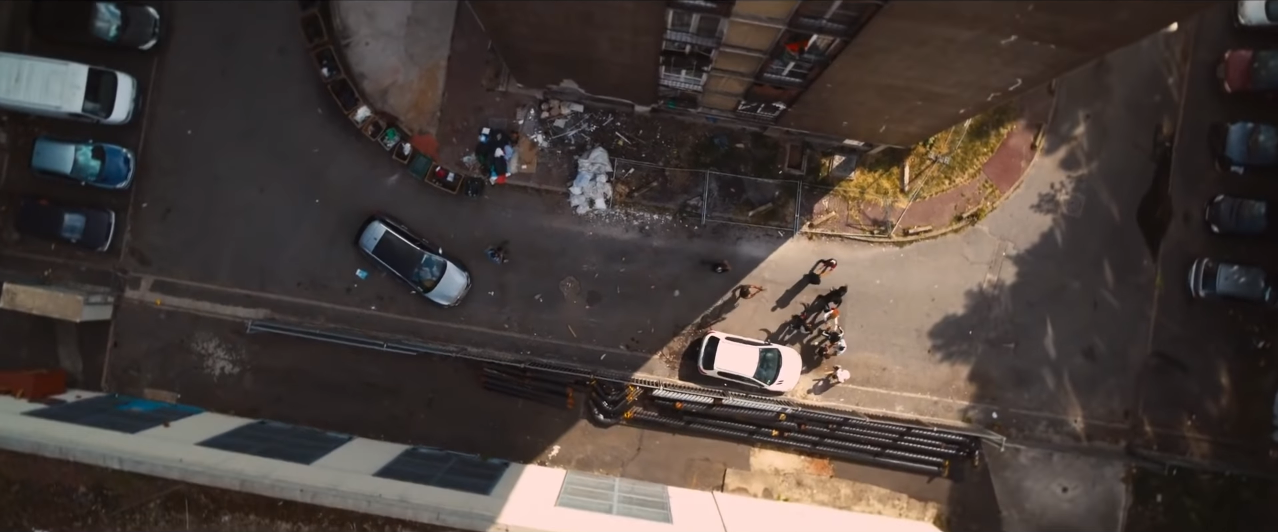
Les Misérables is a gripping police story with action and suspense, but the film is also a large canvas with a dozen colorful characters that help define the community's extended family, including the corrupt black mayor, the Muslim Brothers, the circus gypsies, as well as the cops' own families. All the characters are complex human beings, none are simply good or bad. A special mention should be made of Alexis Manenti, who contributed to the script, and somehow manages to play Chris, the "bad cop", as a flawed, but vulnerable human being.
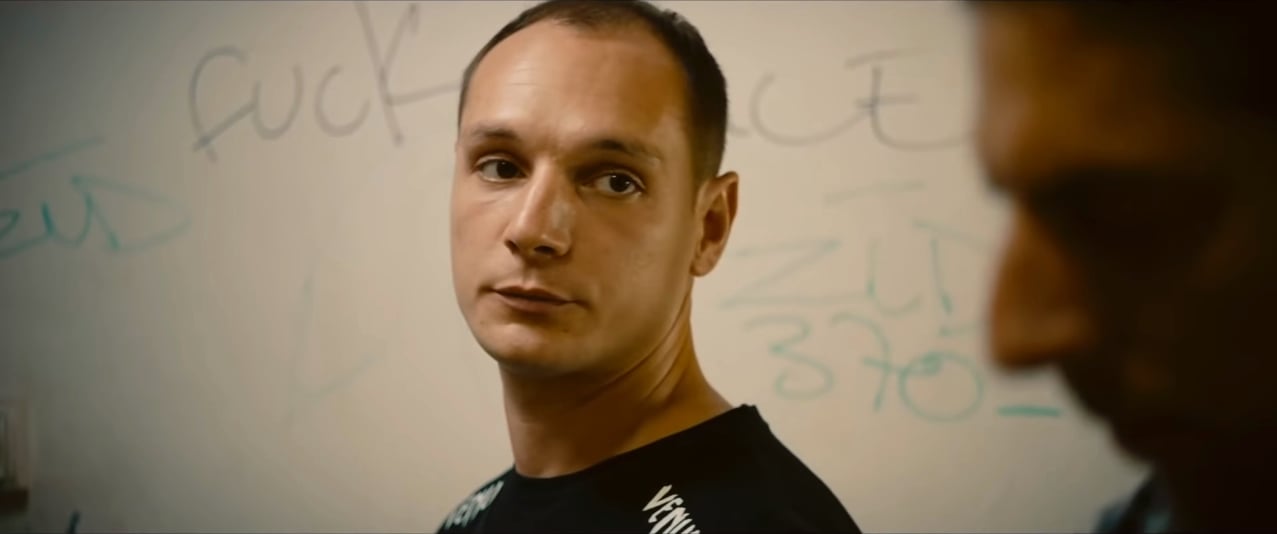
The film's moral compass is Salah, a Muslim restaurant owner who quotes wise sayings, and offers a sandwich to one of the cops. But even the peaceful Salah wonders whether expressing one's righteous anger is "the only way to get heard today".
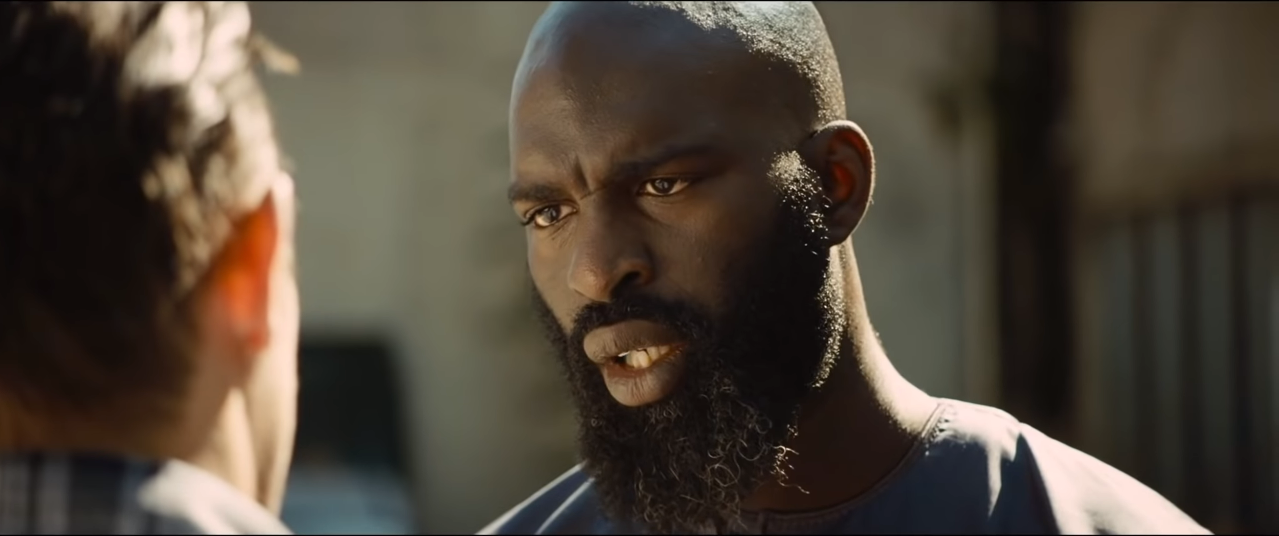
This neighborhood story is centered on a conflict between men and boys. When women do appear in the movie, they are strong, but in the background: teenage girls give Buzz a talking to for his drone voyeurism, an angry mother chases the cops out of her building, and a group of women gather in an apartment for a "tantine" -- a way to pool money for communal no-interest loans.
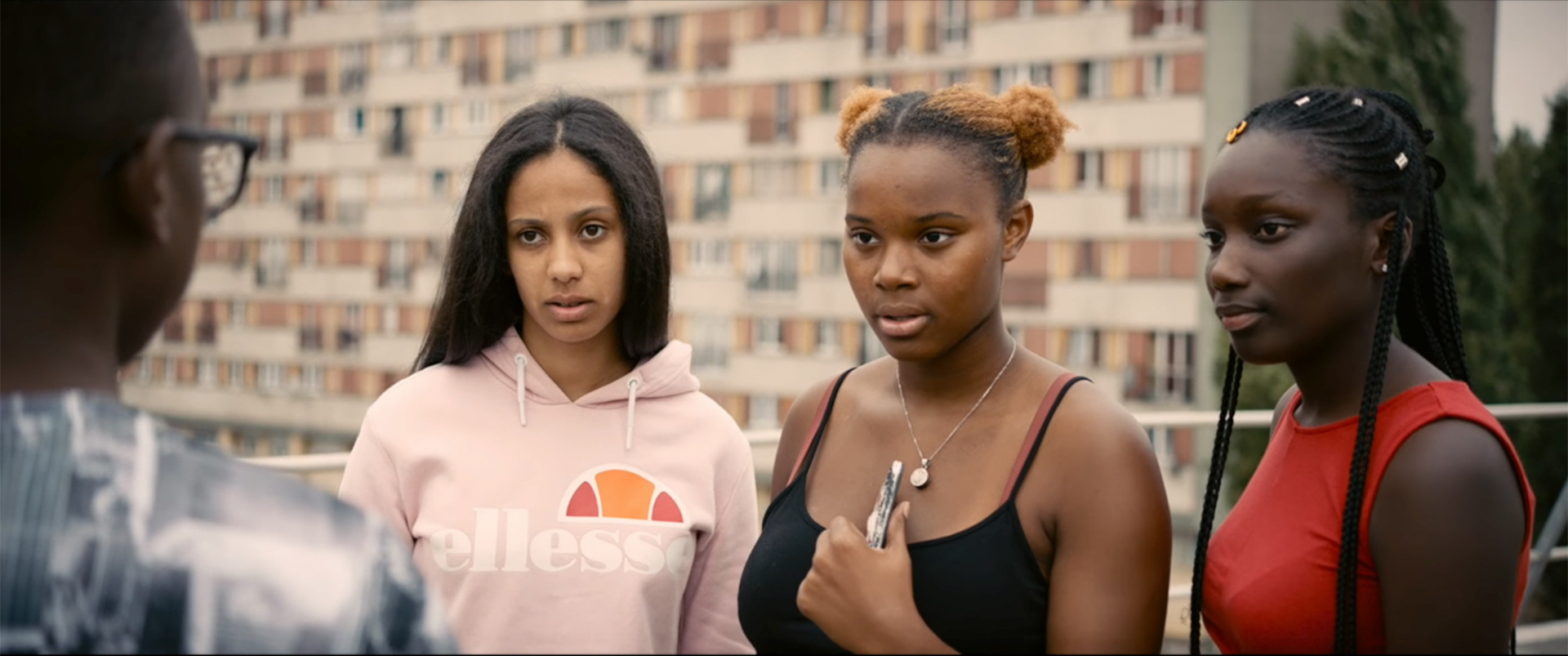
Les Misérables is a cautionary tale about banlieues that are a tinder box. Poverty, racist exclusion and police aggression are shown to lead to escalating violence, with a final, dramatic image of a banlieue about to explode.
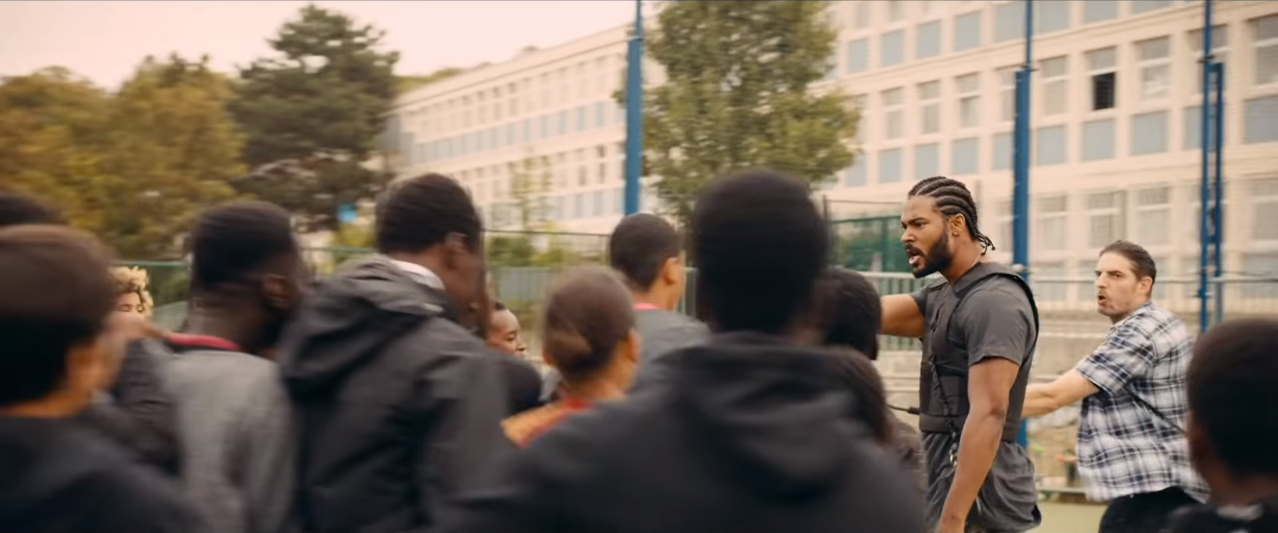
To me the power of the film is that it shows that everyone in Montfermeil, including both the cops and the kids, are misérables, poor people exiled outside the mainstream of French culture and power, pitted against each other in an explosive milieu.
+++
5. Julien Poupard, AFC
Cinematographer Julien Poupard has shot dozens of shorts, and a dozen feature films. Some of his most memorable work is with directors filming their first feature, including two winners of the Camera d'Or at Cannes: Divines (2016) by Houda Benyamina and Party Girl (2014) by Marie Amachoukeli, Claire Burger and Samuel Theis.
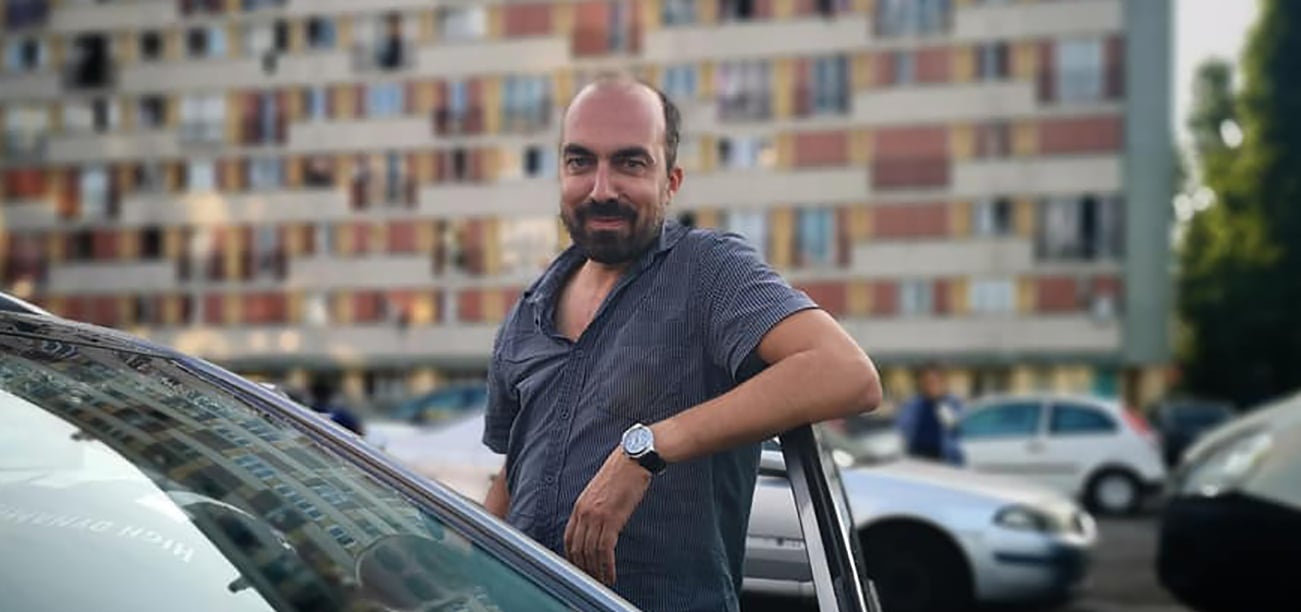
+++
6. Documentary and Cinema
I spoke to Julien about his experience working with Ladj Ly on Les Misérables.
Benjamin B: What was it like to shoot in the cité in Montfermeil?
Julien Poupard: Usually when you go to a location, you’re not especially welcomed. And there it was the opposite. Ladj knows everyone, so we saw the very warm relationships between people. I was accepted and could go everywhere. I discovered a different way of seeing the place. Ladj says it is his open-air studio. It's a place he knows so well and he really wanted to communicate about it. That was the key to the film: the fact that he lives there. What's great about working with Ladj is that he really has something to say.
How did you and Ladj Ly speak about the filmmaking approach? Much of the film was shot handheld with two Alexa Minis on Easyrigs.
Julien Poupard: Ladj's first desire was for a documentary approach. He wanted the camera to be like a human character. But he also wanted elements from an action film. He wanted a mélange of handheld and other moments with Steadicam, grip and drones. So we had to succeed in mixing all of that.

We had the documentary thing down. We had a small, mobile crew that could melt into the city; and we did capture a lot of real elements. But we realized that we could easily fall into a film that was too documentary, something déjà vu. We had to add cinematic storytelling.
We spoke a lot about the equipment package with Ladj and the producers, Toufik Ayadi and Christophe Barral, who were very involved in the production and very present. We had no money, so we had to make radical choices, like not having any lighting crew. We shot mostly in exteriors. I had no lighting to speak of, just a survival kit with a few fixtures: a SkyPanel, and SL1 and Aladdin LED panels. Our economy allowed us to have two cameras, a week of Steadicam and 10 days with a drone. It also meant we could have a Low Loader for some car shots. Those decisions helped create the mise en scène.

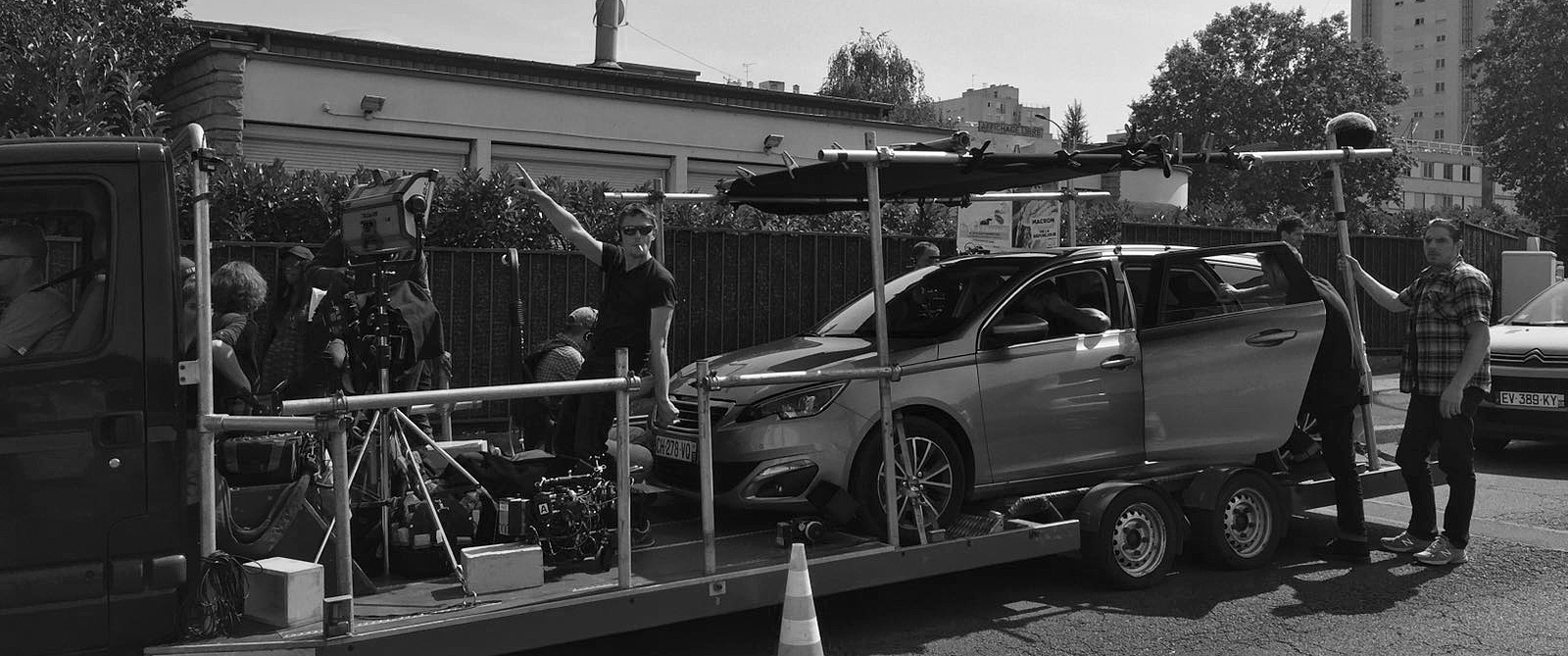
So the Steadicam, drone and Low Loader were chosen to add a cinematic feeling?
Julien Poupard: Exactly, we needed to put in a little money for that, and take it out elsewhere. I wanted to avoid always shooting from inside the car, so as the story progresses we shoot from outside on the Low Loader platform, using longer focal lengths. The Steadicam added a cinematic vocabulary to certain scenes, and so did the drone.
The scene when the cops pursue and arrest Issa is incredible. There is wonderful combination of Steadicam, drone, Steadicam on a Quad vehicle and handheld footage.
Julien Poupard: I really like the idea of mixing handheld, Steadicam, drone and also tripod shots in the film. Each tool adds its meaning, and when you go from one to the other you create a dramatic break in the scene.
There's a lot of zooming in the film, even during Steadicam shots.
Julien Poupard: We chose to use zooms because they enable you to have a wide view of things, and then pick out details, just like the way our vision works. Sometimes a sudden zoom also gives an emotion to the shot.
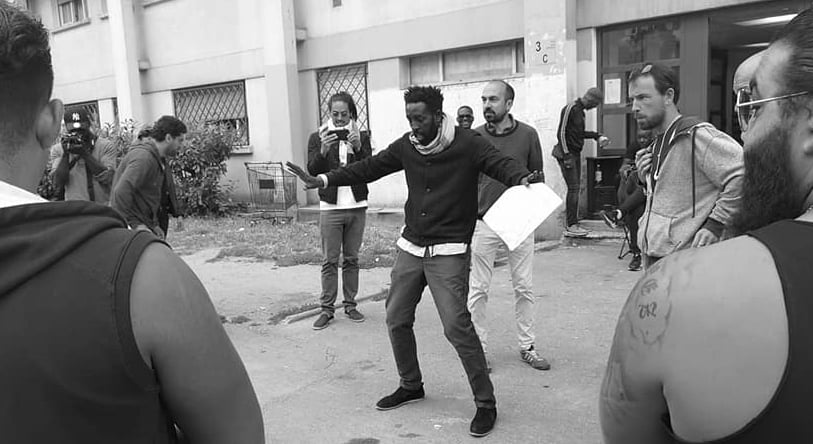
How did you work with Ladj Ly on the set?
Julien Poupard: Ladj is very committed to reality. He wants to be surprised by the real world. So he doesn't like the idea of preparing everything precisely ahead of time. Of course when we had complicated scenes with explosions, or with the lion, we did prepare in detail. Otherwise he likes to see what the scene looks like, and then adjust.
Ladj does not work in conflict with others. He is very much into listening to his collaborators. We spoke a lot on the set. There was a lot of reciprocal respect. We created a strong rapport, we have a strong link. We’re very different: I went to film school, he didn’t, he lived in the cité, I didn’t.
But in the end, we shared a lot of human things; like we have the same relationship to our families.
I understand that this film is the first part of a trilogy about the banlieue
Julien Poupard: Yes. The next film will be about a mayor of a neighboring community, Clichy-sous-bois. We shot Les Misérables in 6 weeks, I hope that we will have more time to shoot the next one, but we will continue in the same spirit!
+++
+++
Frame grabs are from online trailers
Many thanks to Julien Poupard, AFC for our discussions,
and for providing the photographs in this post. Thanks also to Le Pacte.
+++
LINKS
YouTube: Les Miserables Official Trailer
YouTube: Excerpt with Chris harassing teenage girl (in French)
YouTube: Water Fight (excerpt)
le-pacte.com: Les Miserables
wikipedia: Les Miserables 2019 film
hrw.org: France: Abusive Identity Checks of Minority Youth
hrw.org: Report on Abusive Identity Checks in France
wikipedia: 2005 French riots
YouTube: 365 Days in Montfermeil documentary by Ladj Ly (with English subtitles)
YouTube: interview avec Ladj Ly et scénariste Giordano Gederlini (in French)
kickstarter.com: Banlieues - dix ans après (in French and some English)
cinema.ecolekourtrajme.com - free film school founded by Ladj Ly
imdb.com: Julien Poupard
afcinema.com: Julien Poupard, AFC, Twixt Fairies and Loonies
afcinema.com: A Look on Montfermeil
+++
Crew
First AC : Maxime Gerigny
Second AC : Quentin Savoie
Steadicam Operators : Thomas Burgess, Thibault Marsan-Bacheré, Rémi Quilichini
B Camera Operator : Pierre Maillis-Laval
First AC (B Camera) : Raphaël Palin St-Agathe
Second AC (B Camera) : Farid Karioty
Drone : Gary Bialas
Key grip : Robin Gaillard
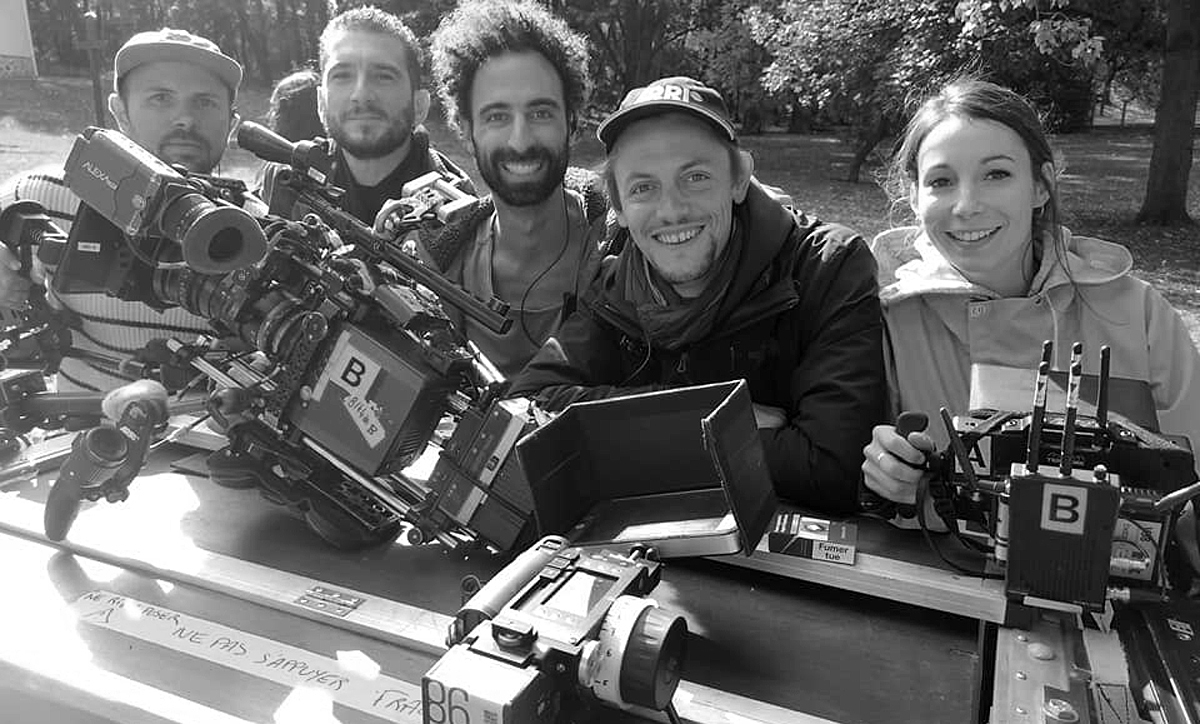
+++
Gear and post
Camera, lighting, grip equipment : RVZ Rental
Arri Alexa Mini, Angénieux Optimo zoom lenses 15-40mm, 28-76mm and 45-120mm, Arri MasterGrips
Postproduction : M141
Colorist : Richard Deusy
+++
+++

